The Stone labyrinths of Bolshoi Zayatsky Island are a mysterious and ancient phenomenon located in Russia. Found on one of the Solovetsky Islands in the White Sea, these stone formations date back to the Neolithic period. There are about 13 to 14 labyrinths on the island, with numerous stone heaps and other structures. The purpose and creators of these labyrinths remain a subject of speculation and research. They are often associated with the local Solovetsky Monastery, but their origins are much older than the monastery itself. The labyrinths are a significant archaeological and cultural landmark, drawing interest from historians, archaeologists, and tourists alike.
Get your dose of History via Email
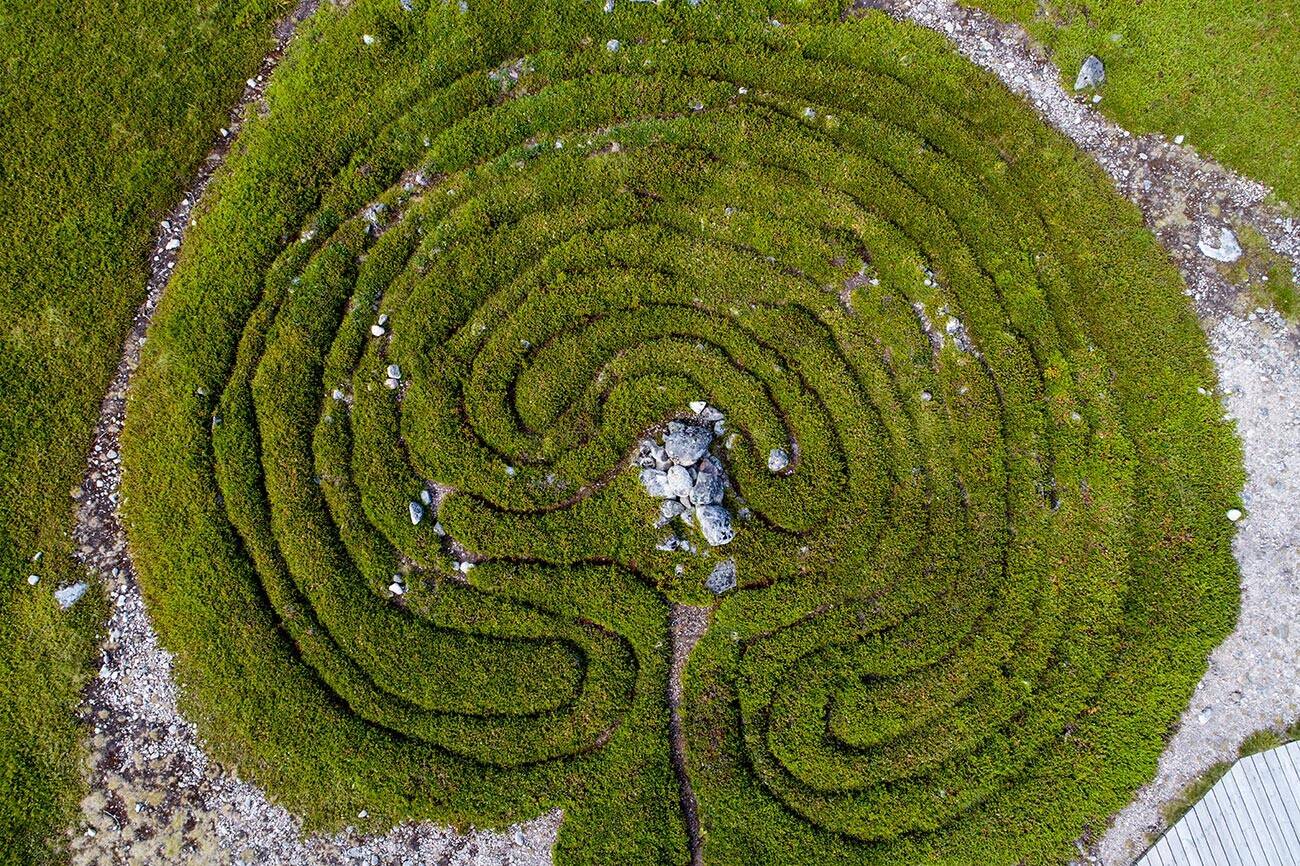
Historical Background of Stone Labyrinths of Bolshoi Zayatsky Island
The Stone labyrinths of Bolshoi Zayatsky Island were first documented in the 1920s by Russian archaeologist Nikolai Vinogradov. However, their existence was known to locals long before. The labyrinths date back to around 2,500 years ago. Researchers believe the Saami people, indigenous to the Arctic area, created them. Over time, the island saw various inhabitants, including monks from the Solovetsky Monastery in the 15th century.
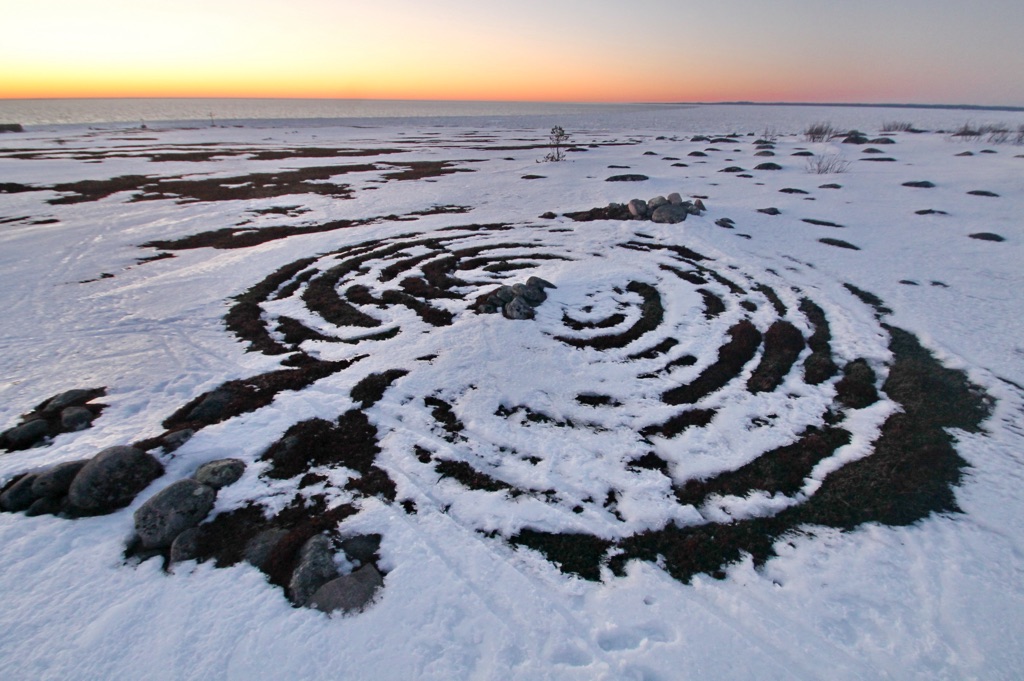
The builders of the labyrinths remain a mystery. Some attribute them to the Saami, while others suggest different ancient cultures. The labyrinths have survived for thousands of years, indicating that their construction was of significant importance to their creators. The stones used are local to the island, showing a deep connection between the builders and the land.
The island later became part of the Solovetsky Monastery’s domain. The monks used the island for hermitage and meditation. They likely preserved the labyrinths, which may have held religious or spiritual significance for them as well. However, the labyrinths predate the monastery by several millennia.
Despite their remote location, the labyrinths attract researchers and tourists. They are part of the Solovetsky Islands UNESCO World Heritage Site. This recognition underscores their importance and the need to preserve them for future generations.
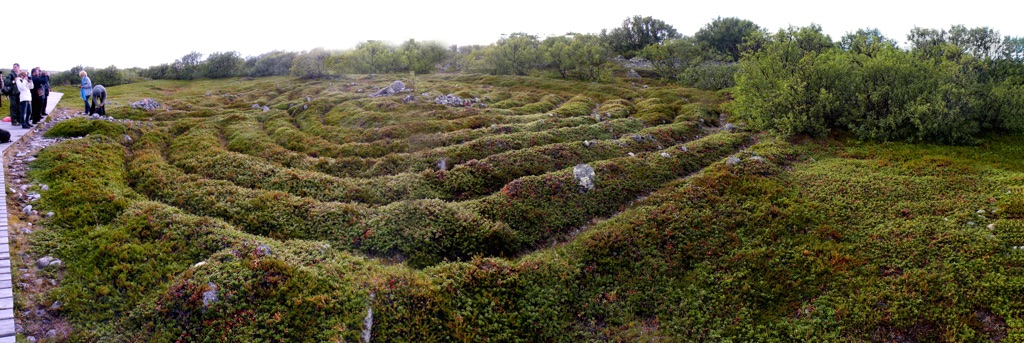
About Stone Labyrinths of Bolshoi Zayatsky Island
The Stone labyrinths of Bolshoi Zayatsky Island are complex structures made from boulders. They typically have a spiral shape, leading to a center point. The labyrinths vary in size, with diameters ranging from 6 to 25 meters. The stones are carefully placed, suggesting a deliberate design rather than random placement.
The construction method of the labyrinths was simple yet effective. Builders collected local boulders and arranged them in the distinctive spiral patterns. The boulders are not large, indicating that a small group could have constructed the labyrinths without sophisticated tools or technology.
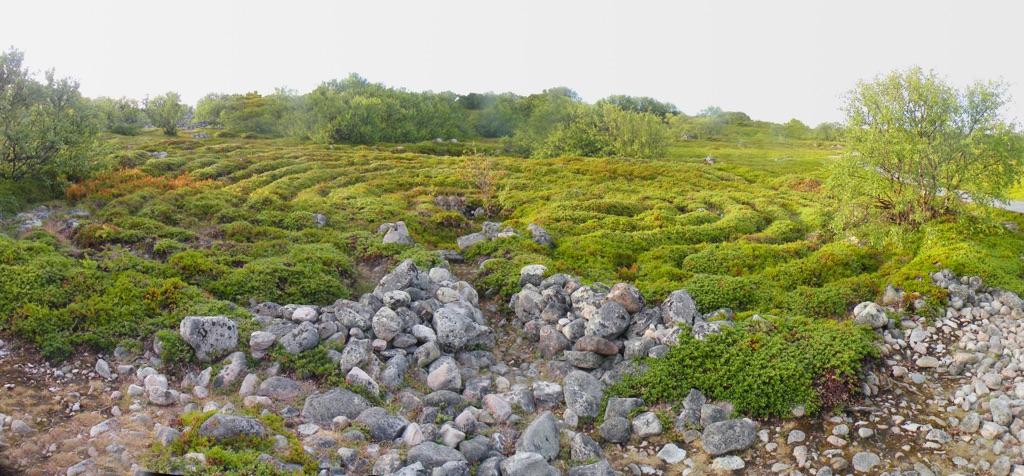
Architectural highlights of the labyrinths include their precise geometric shapes and the way they harmonize with the landscape. The labyrinths are often located on elevated areas, suggesting they were meant to be seen from a distance. Their placement also indicates a possible astronomical or calendrical purpose.
The labyrinths have withstood the harsh Arctic climate for millennia. This durability is a testament to the skill of their creators. The stones have settled over time, but the overall shapes of the labyrinths remain intact.
The labyrinths are part of a larger complex of Neolithic structures on the island. This includes stone heaps, burial sites, and other stone settings. Together, they form a unique archaeological landscape that offers a glimpse into the distant past.

Theories and Interpretations
Several theories exist about the purpose of the Stone labyrinths of Bolshoi Zayatsky Island. Some suggest they had a practical function, such as fishing traps. Others believe they served a spiritual or ritualistic purpose, guiding souls to the afterlife or acting as symbols of rebirth.
The mystery of the labyrinths has led to various interpretations. Some researchers match them to historical records of the Saami people, who have a tradition of stone constructions. However, no definitive evidence links the labyrinths to specific Saami practices.
Dating the labyrinths has been challenging. Archaeologists believe the labyrinths date back to around 2,500 years ago. However, the exact age remains uncertain.

The labyrinths’ design has led to astronomical theories. Some researchers propose that the labyrinths align with celestial bodies or events.
Despite extensive research, the Stone labyrinths of Bolshoi Zayatsky Island retain an air of mystery. Their true purpose may never be fully understood. They remain a source of fascination and speculation for scholars and visitors alike.
At a glance
Country: Russia
Civilization: Likely created by the Saami people
Age: Around 2,500 years old

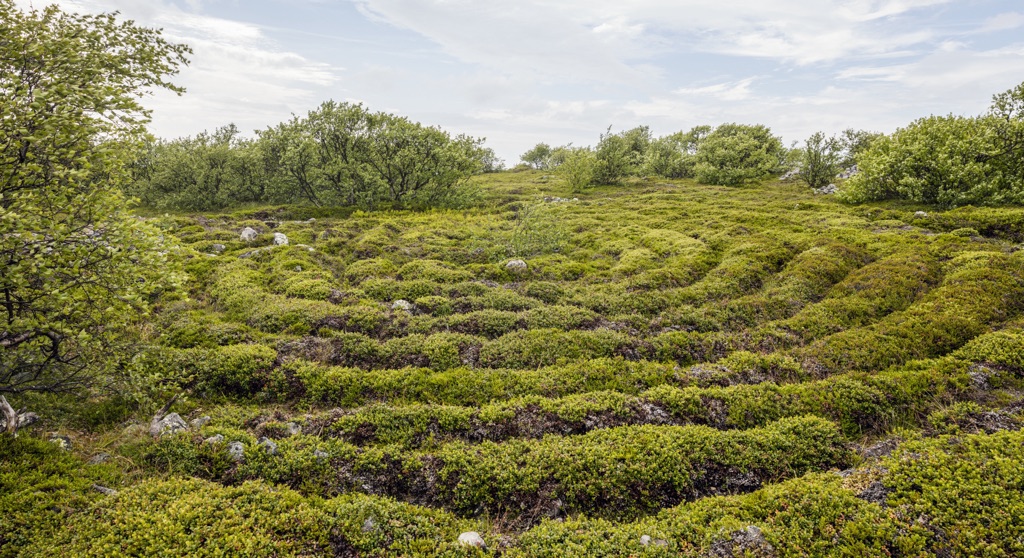
I love Neural Pathways posts. Thanks from Argentina